Gallstones in Toilet Bowl Cause and Treatment Gallstones in the toilet are disturbing, but remember, this can occur naturally due to the stones getting into the bile ducts and leaving through the stool. Gallstones accumulate in the gallbladder, which helps digestion by holding bile from the liver.
Although gallstones do not always cause symptoms, they can be accompanied by pain or discomfort, so the stones are expelled. If you have gallstones in your stool, ask your physician for advice about treatment or monitoring.
Just like how you handle waste collection in your everyday life, if you take care of a health problem such as this, you can maintain your health.
Causes of Gallstones
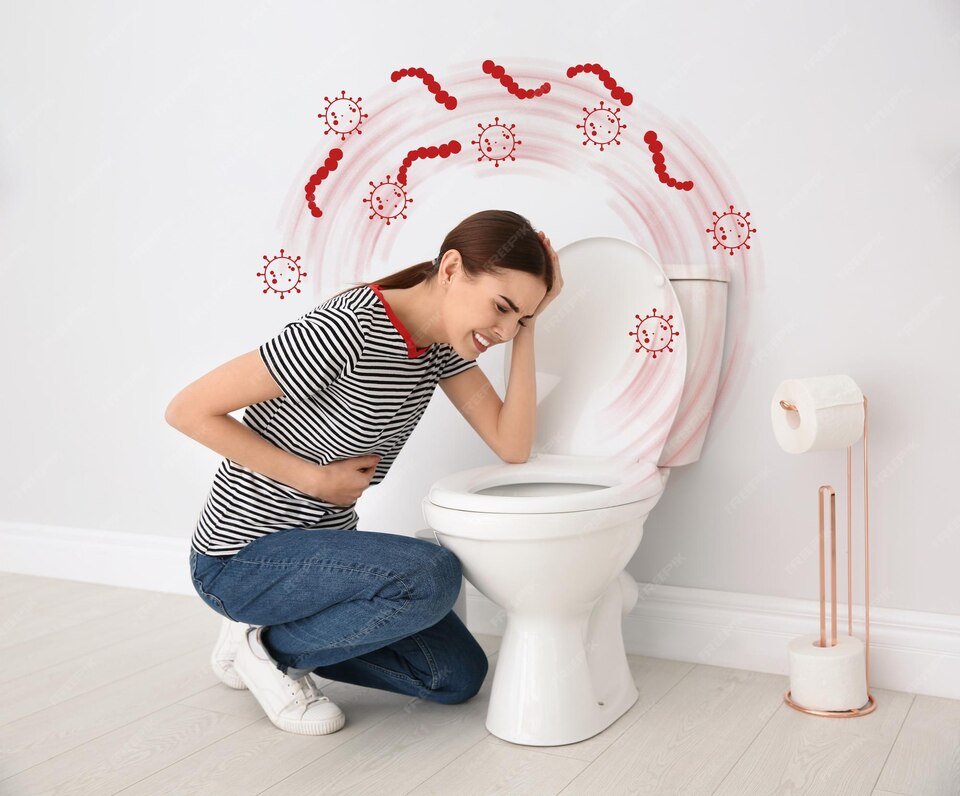
Gallstones occur when the balance of substances that form bile, a digestive juice produced by the liver, is disrupted. There are two types of gallstones. These stones can form in the gallbladder, a small organ located beneath the liver.
- Cholesterol Gallstones: The most prevalent type is produced when the bile has too much cholesterol. When the liver secretes more cholesterol than the bile can clear, solid crystals develop and grow into stones.
- Pigment Gallstones are smaller and darker and formed from too much bilirubin (a compound created by the body’s breakdown of red blood cells). Such stones tend to occur more frequently in people who suffer from some medical condition, such as cirrhosis or bile duct infection.
Gallstones can develop due to various risk factors, including obesity, high-fat diets, diabetes, and a family history of the condition. Obesity, in particular, increases the likelihood of gallstones.
High-fat diets and diabetes further contribute to the risk, making it essential to maintain a healthy lifestyle.. Prescription drugs, pregnancy, and rapid weight gain can also lead to the growth of gallstones.
Read More: Eosinophilic Esophagitis Causes
How Gallstones End Up in the Toilet Bowl
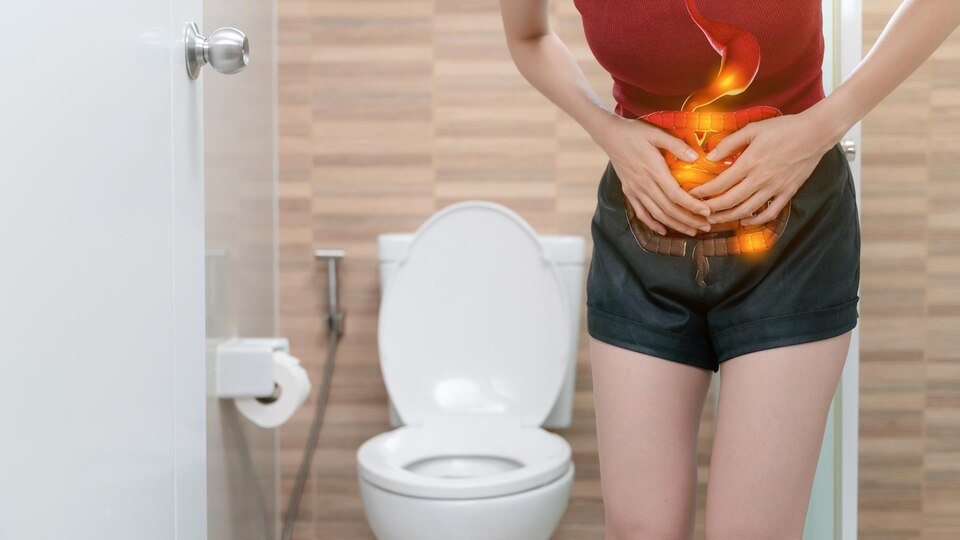
Gallstones can even pass through the bile ducts and are ejected into the stool. If this happens, you may see weird stuff or particles in your stool, such as gallstones in the toilet bowl. But it should be said that not everything that goes into the toilet bowl is gallstones. It can also occur with other ailments, like indigestion or other diseases.
Cause of Gallstones in Toilet Bowl: Gallstones may pass through the digestive system due to a gallbladder issue or surgery. If you notice them in the toilet bowl, it’s important to consult a doctor. For more info, visit Dexans.
Symptoms of Gallstones
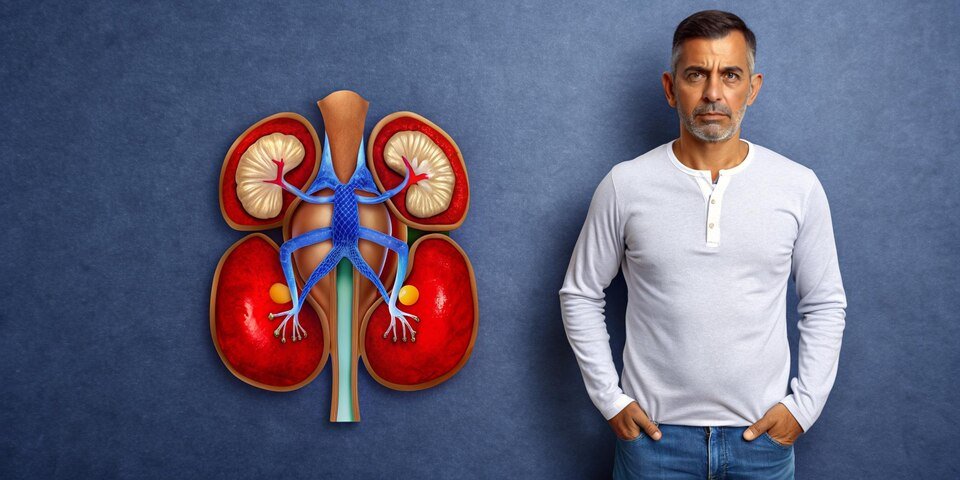
Other people, however, might feel unwell. Symptoms of gallstone-related issues include
- Sharp abdominal pain (often in the upper right part of the abdomen)
- Nausea and vomiting
- Jaundice (yellowing of the skin or eyes)
- Indigestion or bloating
- Fever or chills (if infection occurs)
If you have any of these symptoms, plus gallstones in the toilet bowl, get to the doctor as soon as possible so that you can confirm the diagnosis and avoid complications.
Read More: Do Magnalite Pots Cause Cancer?
Treatment Options for Gallstones
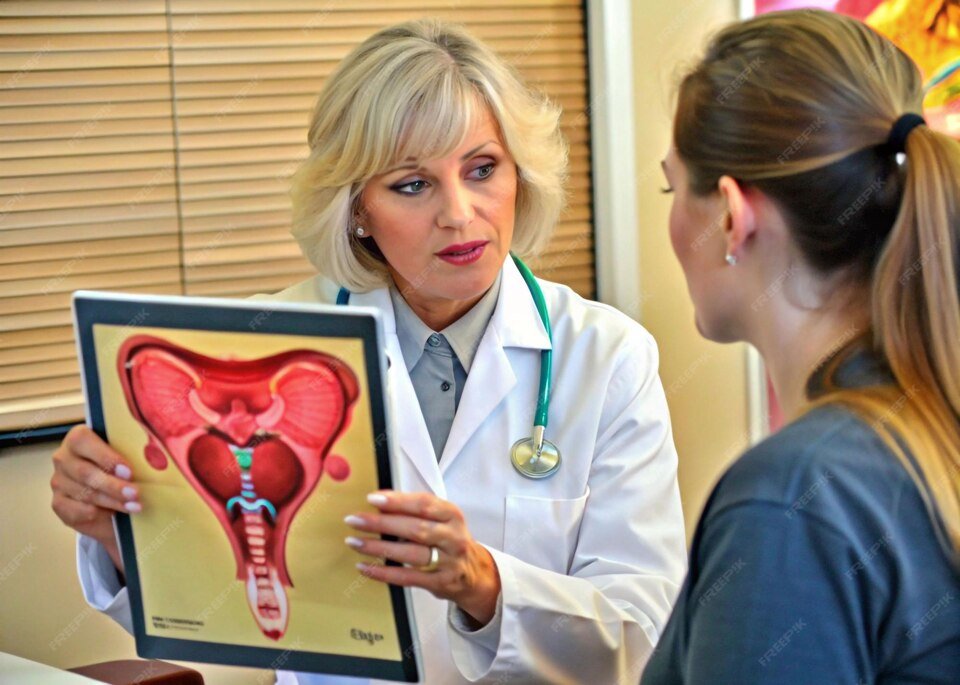
When gallstones are found, treatment depends on symptoms and stone size. Some treatments are available:
- Precautionary Waiting: If gallstones are small and unnoticeable, doctors might recommend keeping an eye on the patient with periodic checkups and waiting before starting treatment.
- Drugs: Medicines are available for patients who want to break down cholesterol-containing gall stones. This treatment can take months or years and doesn’t always work in all patients.
- Lithotripsy: Occasionally, high-energy shock waves break gallstones into smaller bits that can be easily swallowed.
- Surgical Excision: The most popular and successful method for treating symptomatic gallstones is surgery. Cholecystectomy, a surgical excision of the gallbladder, is usually performed through a procedure called laparoscopic surgery. Bile is left by the liver, even after the gallbladder has been excreted, but it is sent directly into the small intestine.
- Endoscopic Retrograde Cholangiopancreatography (ERCP): If bile duct gallstones have become blocked or infected, an endoscopy can remove them.
Treatment for Gallstones: Treatment options for gallstones include lifestyle changes, medications, or surgery. If you spot gallstones in the toilet bowl, seek medical advice. Visit Dexans for more details.
When to Seek Medical Help
If you find gallstones in the toilet bowl or if you have severe stomach pain, nausea, or jaundice, call your doctor immediately. A doctor will perform tests (like an ultrasound or CT scan) to identify gallstones and recommend treatment.
Prevention
Gallstones are not a disease that you can entirely avoid, but lifestyle factors can help minimize the chances:
- Maintain a healthy weight: Do not lose weight quickly, but manage your weight slowly.
- Eat a balanced diet: Eat fruits, vegetables, whole grains, and lean proteins. Limit high-fat, processed foods.
- Exercise regularly: Being active contributes to weight management and general health.
- Avoid certain medications: Ask your doctor about medications that can raise your risk of gallstones.
Conclusion
Gallstones in the toilet bowl can be disconcerting but can be relieved by knowing their cause, symptoms, and available treatments. You must consult a doctor if you believe you may have gallstones or notice any symptoms of them for proper diagnosis and treatment. And the vast majority of patients with gallstones, appropriately treated, can lead active lives.
Did you find this article helpful? Explore more on Dexans‘ blog for additional tips, expert insights, and much more!


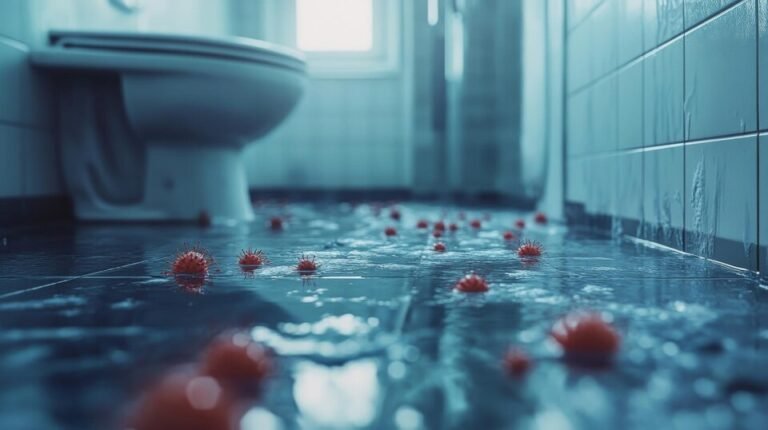
3 Comments
Pingback: Delta 9 THC Gummies Area52 dexans.com
Pingback: Level Up Health and Wellness: Boost Your Health |dexans.com
Pingback: Breast Cancer Spread to Thyroid | dexans.com